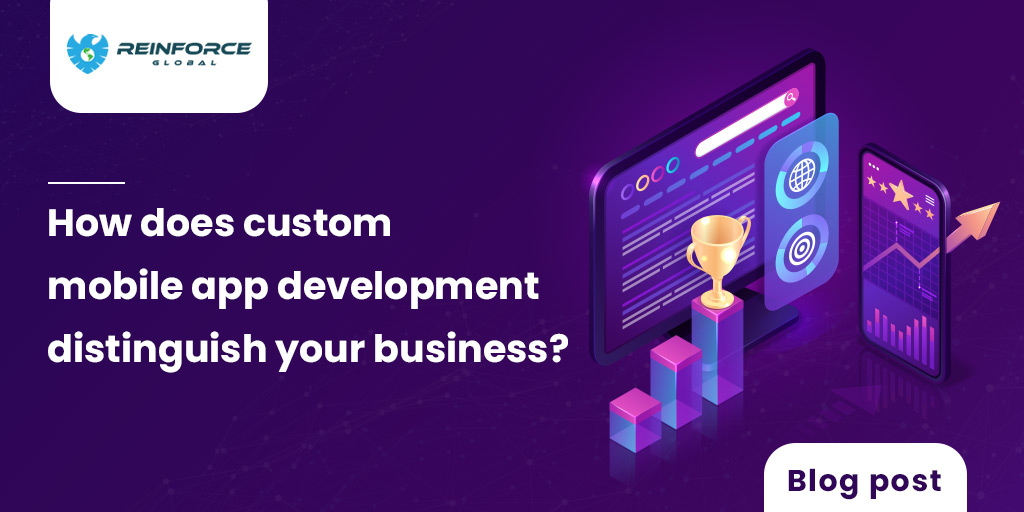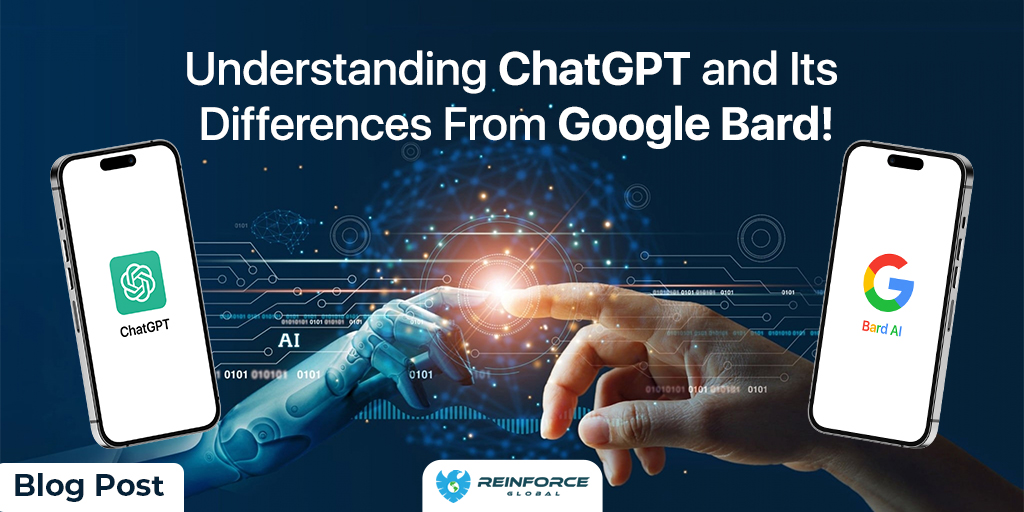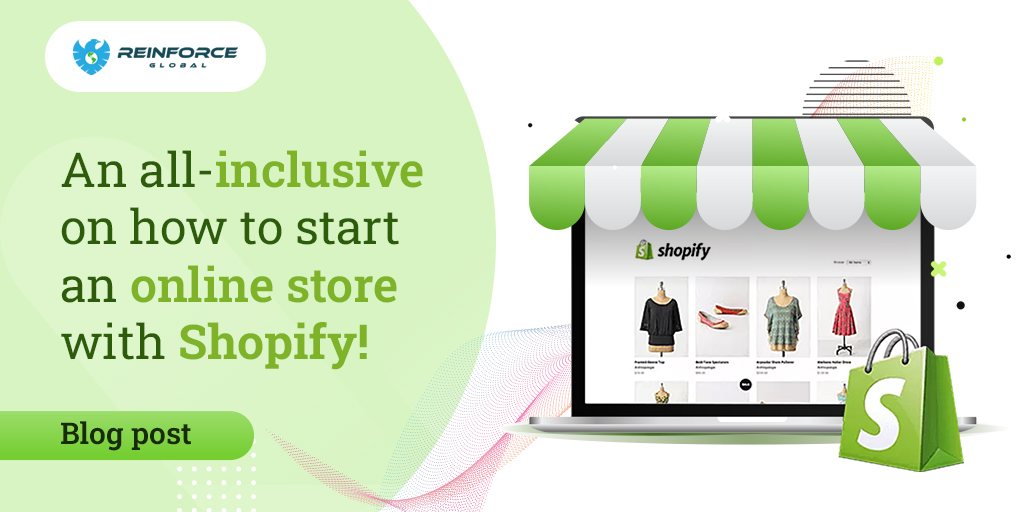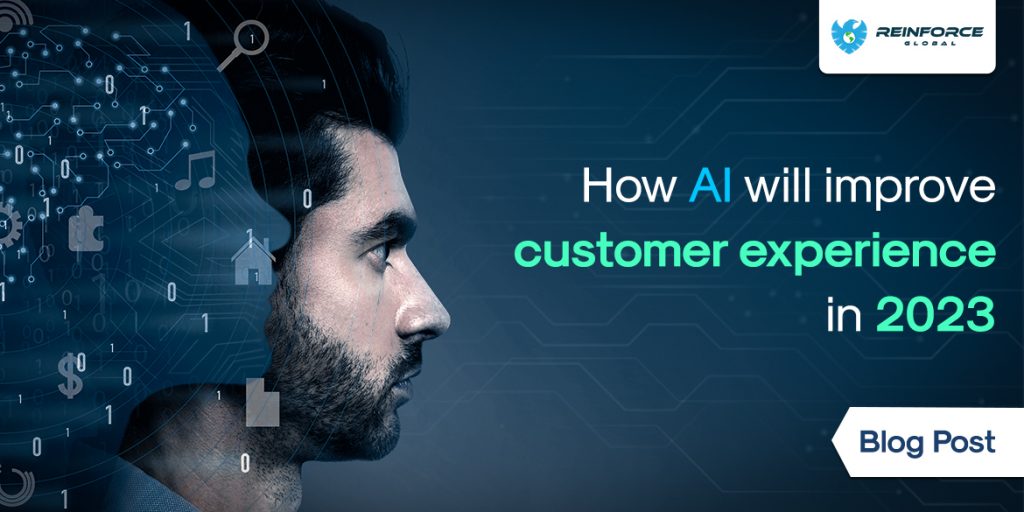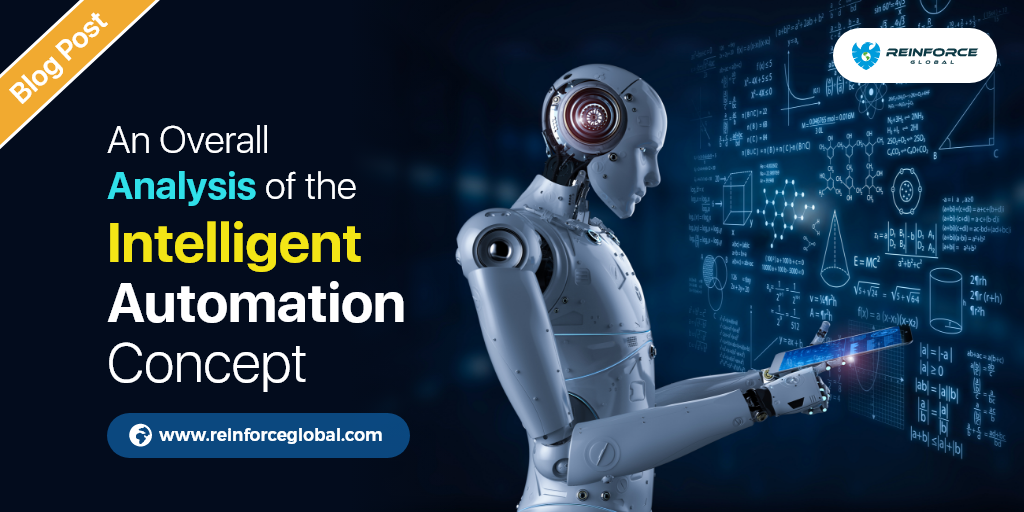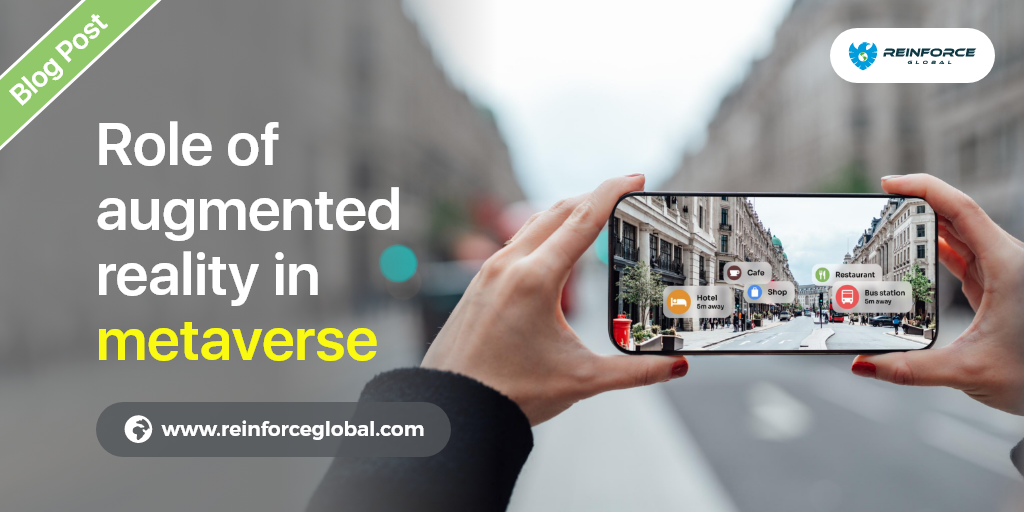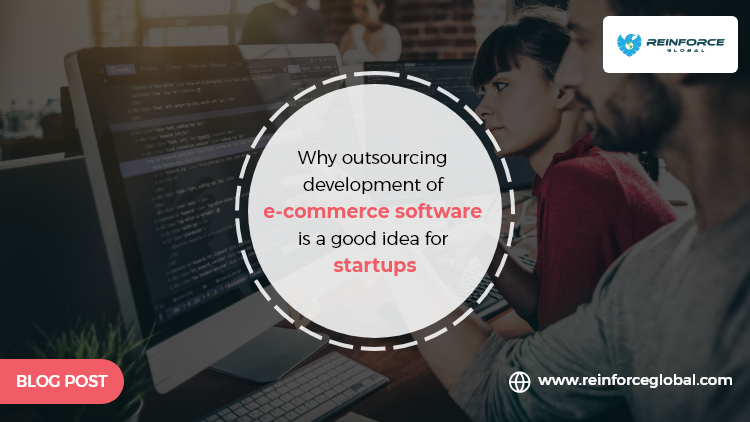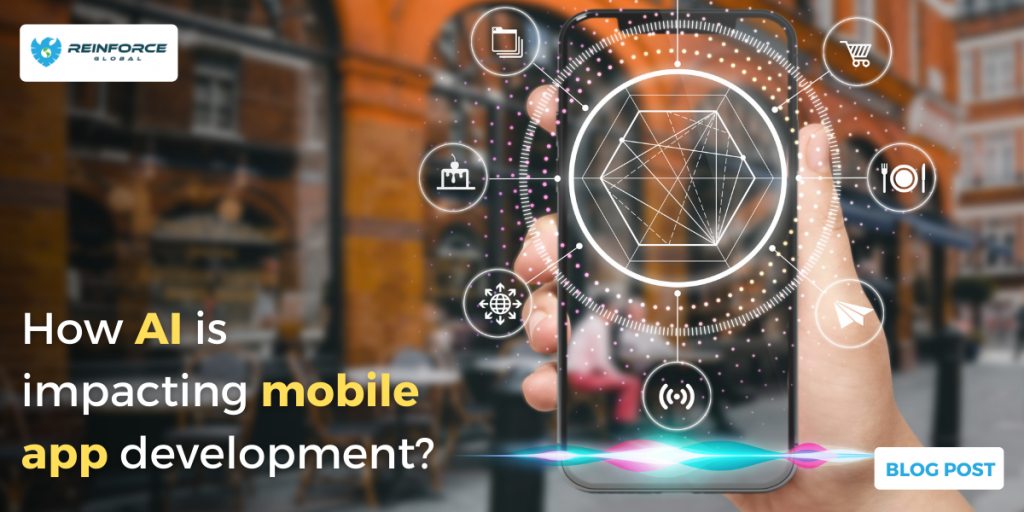Gone are the days when it was necessary to jack up the memory of your hard drive to fit more files into your system. Technological advancements like cloud computing services have solved this problem entirely. Cloud computing deals with providing a plethora of services via the internet.
If you are reading this informative piece, you are using one of the cloud computing services named Google Docs. As this document is available online, you are free from the hassle of storing it on the hard drive of your PC. Other than Google Docs, there are numerous types of cloud computing services.
We will highlight all the services in this comprehensive piece!
What is Cloud Computing and its Types?
Though we know the general definition of cloud computing, here is a closer look at it!
Cloud computing allows a user or a firm to store resources like documents, presentations, and even software online. It means that whenever you want, you can access the required file from the cloud or the virtual space. This cloud or virtual space is actually a remote server that is connected to the web.
There are various providers in the market that offer remarkable cloud computing services, such as
- AWS (Amazon Web Services)
- Microsoft Azure
- IBM Cloud Services
- Google Cloud Platform
- ServerSpace
Exploring the Types of Cloud Computing!
So far, we have only talked about storing files like Google Docs. However, cloud computing goes way beyond that. Here are three types of cloud computing!
| Type of Cloud Computing |
Description |
| Infrastructure-as-a-service (IaaS) |
If you plan to build an app or software, you will need resources like servers, storage, and operating systems. These may cost you a lot if you get them independently, and this is where IaaS comes in.
IaaS provides a user or an organization with all the resources required for IT in one place. Beginning from OS to storage and servers, IaaS encapsulates everything. All these resources are available on an on-demand basis that does not burn a hole in your pocket.
On top of that, the scaling process becomes simpler as you can increase or decrease your spending as per your needs.
Examples: Amazon Web Services, Google Cloud Platform, etc. |
| Software-as-a-service (SaaS) |
This is the most basic form of cloud computing. SaaS enables users to access software and its functionality over the internet. You can use software hosted on the web via a mobile app or web browser.
Some primary examples of SaaS are Netflix, Slack, Dropbox, Gmail, etc. |
| Platform-as-a-service (PaaS) |
Platform-as-a-service model is a complex model that provides users and organizations with services and resources to develop software online. These services can be OS, libraries, programming languages, etc.
Examples: Heroku, Google App Engine, AWS Lambda. |
Other than the described ones, there are many other cloud computing services, such as
- Big data analytics
- Audio and video streaming services
- Application testing services
- Data storage and backup
Pros and Cons of Cloud Computing Services
Cloud computing also comes with a blend of pros and cons!
Pros of Cloud Computing
As per stats, the market size of cloud computing was $545.8 billion in 2022. Further, it is expected to rise up to $1.2 billion by 2027. These numbers are proof that cloud computing services are in demand and are backed by countless benefits. Here are some of them!
Minimum to Zero Infrastructure Cost
Business organizations have to spend a lot on the IT part of the business. And if the business is of app development, IoT, etc., the cost can be significantly high. For companies like this, cloud computing is a boon.
Rather than purchasing costly servers and software, business owners can opt for cloud computing services at zero infrastructure cost. As per Accenture, businesses choosing cloud computing services like IaaS, PaaS, or SaaS can save 30-40% on the total cost of ownership.
Investment Optimization
If you plan to build an app, you may know how much storage is required by the app. However, what if your estimate goes wrong? You will face losses both ways, whether you invest in infrastructure that is more than required or less. There is no custom resource option here.
With cloud computing, you can invest in a more optimized way. You can choose the only resources that you need. Further, there are various plans for cloud computing services that you can choose based on the necessity of your business. In short, the maximum part of your investment will be spent on using the resources and not on free resources.
You Can Scale Easily and Quickly
Cloud computing services like IaaS, PaaS, SaaS, and more are accessible from anywhere. Moreover, you can invest as per your need, and there is no hassle of maintaining heavy infrastructure from time to time. Therefore, it is easy for you to scale.
If your web app gains users tomorrow or maybe next month, you can purchase more storage space for data and analysis within a few clicks.
Data Backup and Recovery
Cyberattacks are pretty prevalent on the web, and they cost organizations $13 million on average. Hence, it is necessary to go for a solution that offers security against it. Cloud computing services offer you remarkable security features. On top of that, they also offer you auto-backup of data periodically.
Hence, whether you accidentally deleted some data, the hard drive crashed, or a cyberattack affected you, you can recover the data easily.
Automatic Software Updates
Physical IT infrastructure has numerous hardware systems that require updates from time to time which is a task of hassle. On the other hand, the cloud computing infrastructure updates automatically. So, not much hassle here.
Cons of Cloud Computing Services:
There are some drawbacks that may make cloud computing an unfavorable choice.
Downtime
As the entire cloud computing infrastructure is backed by the internet, any disruption can lead to unexpected downtime. Today, businesses cannot afford downtime for a second as they have a lot on the line.
Data vulnerability
As mentioned earlier, the internet forms the backbone of cloud computing services. Therefore, the data is vulnerable to cyberattacks. To ensure security, keep your online data protected using SSL certificates and encryption.
Ongoing costs
Physical IT infrastructure is a one-time investment, though it requires regular maintenance. On the other hand, cloud infrastructure has ongoing costs. You have to pay for the services on a monthly or yearly basis.
Flexibility issues
As there are multiple vendors, it is possible that a person or a firm might want to shift from one vendor to another. In this scenario, cloud platforms can pose a problem due to platform independency and vendor lock-in.
What are the Deployment Models of Cloud Computing Services?
There are three deployment models of cloud computing services!
- Public cloud: In this deployment model, regular users can use cloud services to build apps, store data, analyze data, etc. The ideal thing is that it is available on a subscription basis at an affordable price.
- Private cloud: This type of cloud computing model is opted for by organizations only due to high capital expenditure. With a higher cost, the private cloud provides state-of-the-art privacy and security issues.
- Hybrid cloud: This model blends public and private clouds. It is primarily useful when an organization has to scale quickly or wants to address privacy and security concerns.
Conclusion
Cloud computing has revolutionized the way businesses and individuals store, access, and process data. It offers countless benefits, including but not limited to scalability, cost savings, flexibility, and improved efficiency.
It is critical to note that there are pros and cons that you may need to analyze before choosing cloud computing services. If you need professional help regarding the same, you can surely rely on Reinforce Global.

